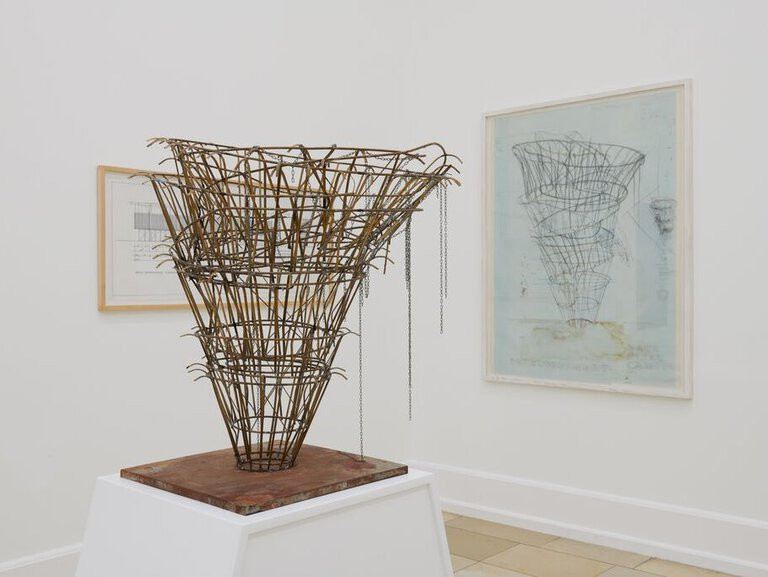
In situ
Kunsthalle Nürnberg
16.10.2021 – 23.01.2022
Buildings, green spaces, squares and streets provide the stage for monuments, fountains and sculptures that remind us, tell stories or simply decorate a city, always intended to contribute to its identity. Whether they are large sculptures that can be seen from far away and make a striking statement, or are barely noticeable in the lively urban throng of shops, passers-by and vehicles: works of art in public space are always “in situ” (Latin for “in place”) – and generally firmly anchored in foundations. Yet the concept of the site-specific has been expanded and altered in recent decades, as has art practice. The spectrum now ranges from the explicit fixing of a sculpture in its ambient architecture to a discursive, open understanding of spatial relationships and social processes and even to site-unspecific, action-oriented forms of art, implemented individually or in cooperation with others. Not least, this is about how the relationships between architecture, art and the public sphere are constantly being renegotiated, because art in the public sphere – more than in the protective framework of a museum – reacts and responds to social reality. The locations, squares and streets within the fabric of a city are subject to enormous changes over time as a result of gentrification, climate change, economisation or traffic congestion. Creating new open spaces or structures here for social participation and creative processes of urban development may also be part of the artistic assignment.
The exhibition In Situ? On Public Art at Kunsthalle Nürnberg takes the 50th anniversary of the Symposion Urbanum Nürnberg 71 as its starting point, considering this in the context of a social and artistic mood of departure, and demonstrating how closely in step with the times Nuremberg was back then. As one of the first events to bring international contemporary art into public space, the symposion triggered fierce discussions and reactions. Nevertheless, 26 of the former 29 works still enhance the city today: autonomous and site-specific sculptures; concrete art in front of innovative urban buildings; memorials and play sculptures in schoolyards.
Spanning five decades, our exhibition bridges the time gap to the present with – again 26 – selected examples of art in public space, including representative large-scale sculptures, participatory projects and temporary actions. Since the original works need to remain in situ due to their dimensions and site-specific connection, or in some cases no longer exist, they are presented in the exhibition by means of photographs, prints, models, films, drawings and installations developed by the artists themselves.